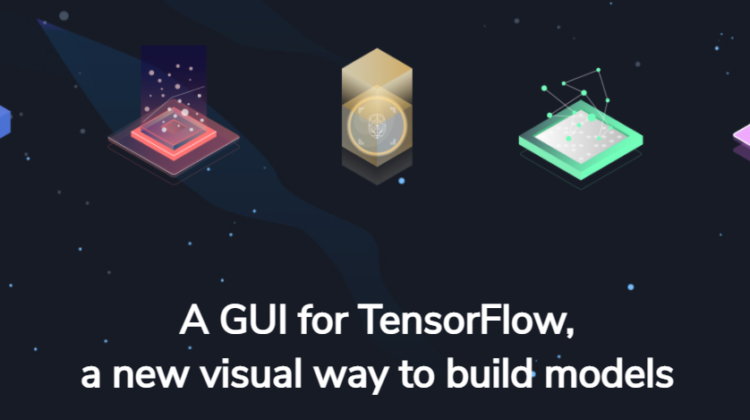
相信許多人對入門Machine Learning, Deep Learning 領域是相當的無力,先是要懂Convolution, Pooling, Loss Function等令人畏懼的新名詞,還要一邊對抗怎麼裝都會出問題的環境(cuda, tensorflow, python, cudnn, …)。可能很多人會選擇直接用現成從Github找來的模型開跑或用Colab來無視環境大魔王,而現在由OpenAI團隊帶來的新作品 — Perceptilabs 誕生了~
I believe that lots of people who are afraid of stepping into Machine Learning, Deep Learning fields. First, the new terms like: Convolution, Pooling, Loss Function, … . Second, plenty of problems and errors showed up when installed the environment (cuda, tensorflow, python, cudnn, …). Many of you probably decided to find the model from Github but don’t understand it, or started on Colab that ignored the environment issues. However, our light, OpenAI team brings us a new treasure — Perceptilabs.
Perceptilabs的優點有:
1. 你的電腦裡只需要準備python跟Conda (方便點就安裝Anaconda)
2. 訓練過程完全及時可視化。
3. 拖拉式的建立你所想要的模型
4. 可以用自己寫的code客製每個區塊
5. 仍然有notebook介面可以編輯程式碼
6. 自動debug 告訴你哪裡有問題
7. 可視化圖表分析各區塊
Advantages in Perceptilabs:
1. All you need to prepare is python and Conda (or just install Anaconda for convenience)
2. Every training process can be visible in real-time.
3. Build up your own models by dragging the blocks.
4. Edit every block by coding
5. Still have a notebook interface to edit
6. There is a Auto debugging Function
7. Visualized chart to help you analyze the blocks
我們來看看他的結構:
Let’s take a look on its architecture:
